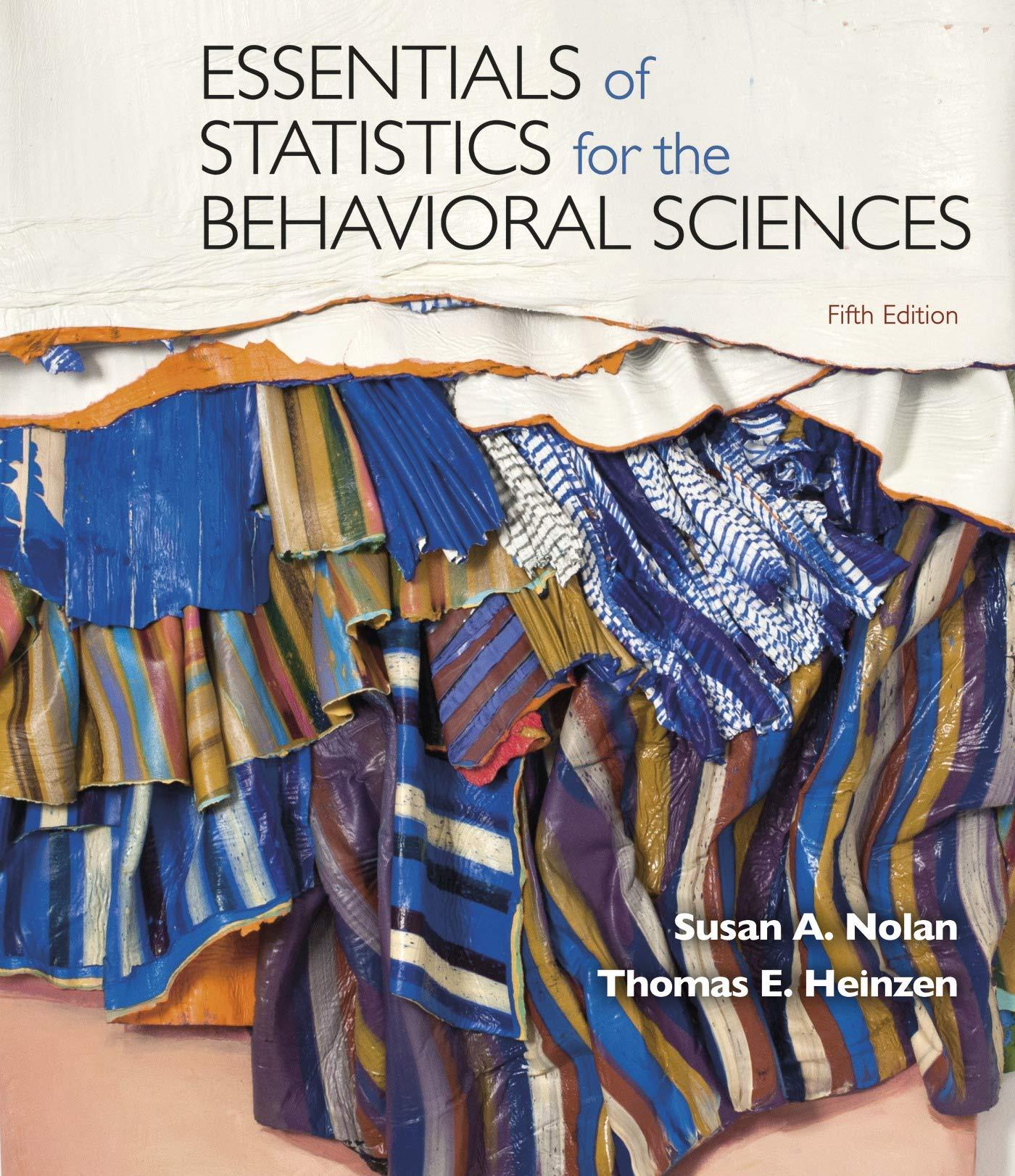8.63 Fantasy baseball: Your roommate is reading Fantasyland: A Season on Baseballs Lunatic Fringe (Walker, 2006) and
Question:
8.63 Fantasy baseball: Your roommate is reading Fantasyland: A Season on Baseball’s Lunatic Fringe (Walker, 2006) and is intrigued by the statistical methods used by competitors in fantasy baseball leagues (in which competitors select a team of baseball players from across all major league teams, winning in the fantasy league if their eclectic roster of players outperforms the chosen mixes of other fantasy competitors). Among the many statistics reported in the book is a finding that Major League Baseball (MLB) players who have a third child show more of a decline in performance than players who have a first child or a second child. Your friend remembers that Kyle Seager of the Seattle Mariners had a third child and drops him from consideration for his fantasy team.
a. Explain to your friend why a difference between means doesn’t provide information about any specific player. Include a drawing of overlapping curves as part of your answer. On the drawing, mark places on the x-axis that might represent a player from the distribution of those who recently had a third child (mark with an X) scoring above a player from the distribution of those who recently had a first or second child (mark with a Y).
b. Explain to your friend that a statistically significant difference doesn’t necessarily indicate a large effect size.
How might a measure of effect size, such as Cohen’s
d, help us understand the importance of these findings and compare them to other predictors of performance that might have larger effects?
c. Given that the reported association is true, can we conclude that having a third child causes a decline in performance? Explain your answer. What confounding variables might lead to the difference observed in this study?
d. Given the relatively limited numbers of MLB players (and the relatively limited numbers of those who recently had a child—whether first, second, or third), what general guess would you make about the likely statistical power of this analysis?
Step by Step Answer:

Essentials Of Statistics For The Behavioral Sciences
ISBN: 9781319247195
5th Edition
Authors: Susan A. Nolan, Thomas Heinzen






